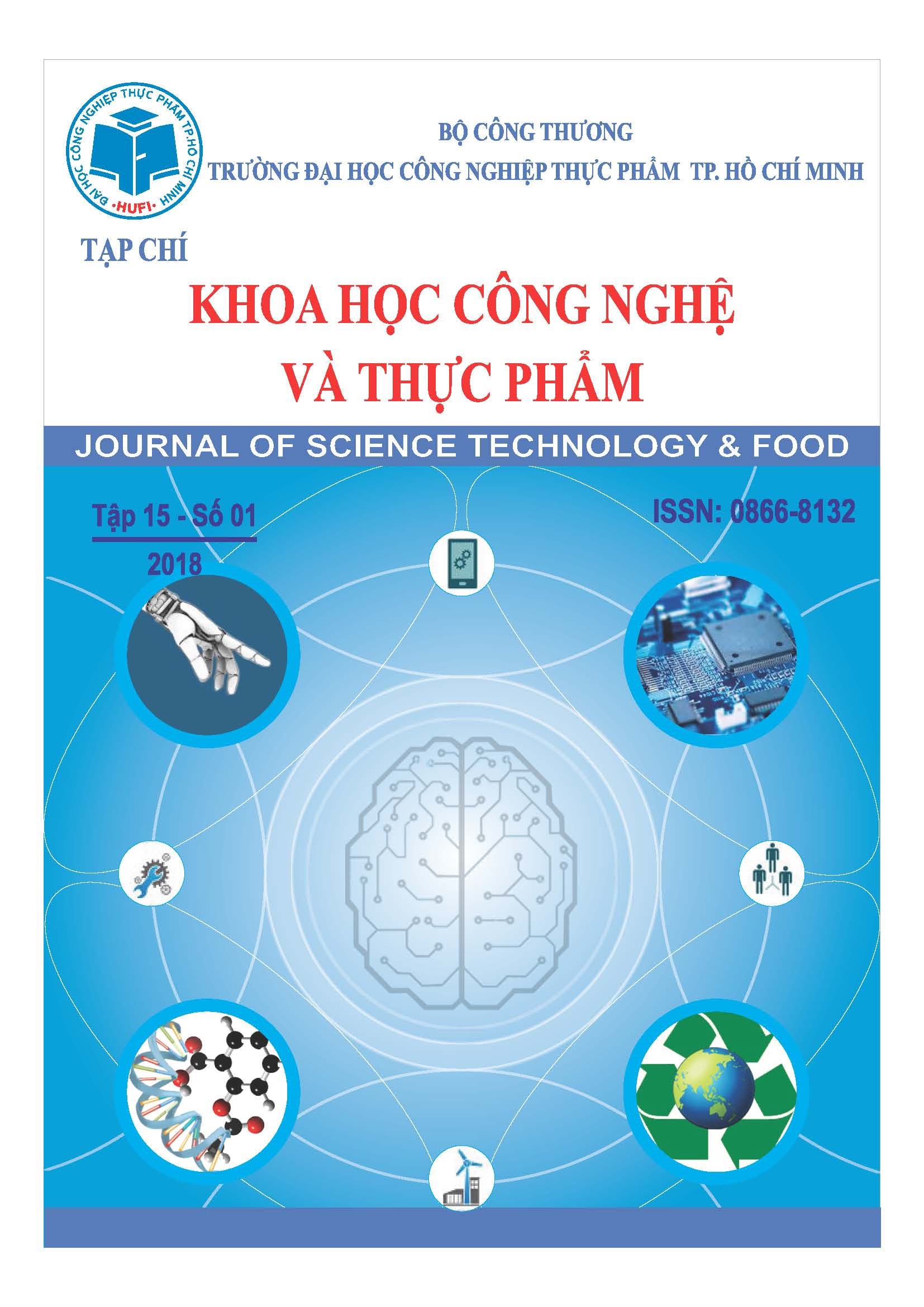NUMERICAL SIMULATION ON ROTARY FRICTION WELDING OF TITANIUM ALLOY
Abstract
Titanium alloy (Ti-6Al-4V) is a light and high strength material that is widely used in aerospace and space technologies. On the other hand, titanium alloys place a vital role in other manufacturing technologies, such as automotive and medical devices. To expand the scope of titanium alloys in engineering, methods of welding a titanium alloy are of interest to many, especially titanium alloys with other metals. Rotary friction welding (RFW) is one of the most attractive methods due to low energy consumption and high productivity. RFW is a solid state welding process which produces welds due to the compressive force contact of workpieces which are either rotating or moving relative to one another. The temperature during welding is lower than the melting point of the material. In the process of friction welding, the temperature, stress and strain vary depending on the processing parameters. Understanding the relationship helps to determine the optimum process parameters and is a way to improve the design and manufacture of friction products. In this paper, the heat distribution, stress distribution, deformation, and the effect of the friction welding parameters of a titanium alloy using the finite element are analyzed. The simulation process are carried out with the commercial software Abaqus/Standard to analyze the heat transfer process in welding parts, stress distribution and deformation as a basis for determining the optimum parameters of the welding process.
Keywords: Friction welding, titanium alloys, numerical simulations, abaqus/standard, heat transfer

